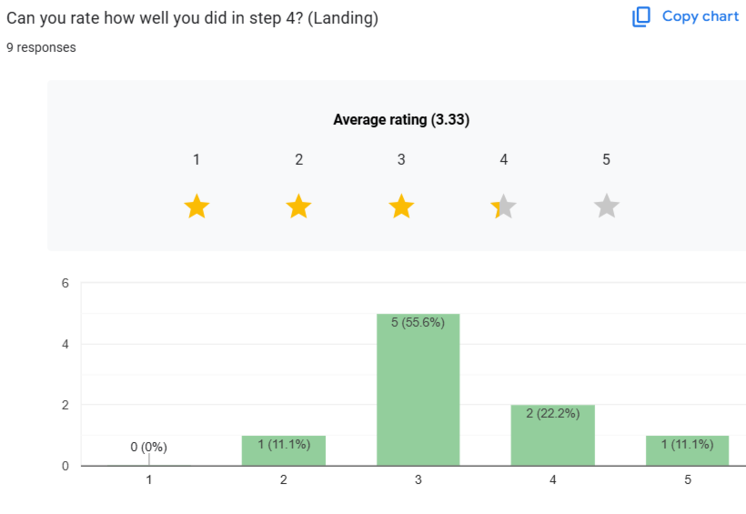Task in relation to theory
The task reflects Bruner’s emphasis on discovery learning, scaffolding, and contextual learning. It involves observing, analyzing, and actively constructing knowledge through experience. The use of videos aligns with Bruner’s visual learning, and the task encourages symbolic learning through discussion and comparison.
-
Discovery Learning: Students analyse their observations in the videos and try to include them to their attempt. The process of trying, recording, and retrying shows Bruner's idea of learning as an evolving process.
-
Scaffolding: Guiding the students by helping them identify key elements like posture, landing, and coordination. The teacher supported students’ understanding of the task by revisiting and clarifying the steps when needed.
-
Spiral Curriculum: Continuous revisiting the concept of jumping and practicing it through mirroring, Bruner's idea of progressively building on prior knowledge.
-
Contextual Learning: The task connects abstract ideas (e.g., physics of movement) to concrete examples (cats and gymnasts), making learning more relatable and engaging.
Small outline on theory:
Jerome Bruner's Social Constructivism emphasizes learning as an active, social, and contextual process where students construct knowledge through their own experiences. It highlights three modes of learning: actions (enactive), visual aids (iconic), and language (symbolic), which help learners make sense of their world. Discovery learning is central, with students exploring, hypothesizing, and solving problems, guided by teachers using scaffolding to support and extend their understanding. Bruner's spiral curriculum revisits concepts at increasing levels of complexity, progressing from concrete to abstract, fostering deeper learning and integration of new knowledge into existing cognitive structures.
Cat video: Analysing the jump, finding the four elements for jumping long distance and trying to recreate the movement
My perspective on how this worked:
This task was very long to complete. It took 1hr, watching the videos was interesting for the students but, i noticed that they couldt get the hang of why i was showing this video. They took more interest in the gymnasts video. They managed to get the steps correctly one byh one whe trying it out but all together in one session felt very stressful for them to join them together.
Task based theory:
1 day
1. Look at a video of a cat jumping look at the key elements (bending, how low, where he is looking, how does he land)
2. Compare this video to a professional gymnast video - list all factors
3. Try it out keeping in mind all of these factors
4. Record your perfect try
5. Compare and contrast to these videos
6. Retry this with the notes taken from comparison
In class discussion:
What did you think about this class?
It was interesting, but it wasnt very clear what we were looking for in the beginning.
Did the videos help you understand the steps properly?
When you explained the video yes, but it felt very complicated to keep up with the steps when we did it altogether. I think the video helped give us a different perspective of how to look at it which helped me, but i feel we wasted a lot more time on just one skill.
Would you have done this lecture the same or would you change it?
I would maybe find different videos instead of just one
Would you prefer this method to teaching?
No i prefer the other sessions, i think this can be used with new skills that we have never seen.
This is the personal skill rating they gave for themselves at the beginning of the class and then again after the class is finished on the skill ( herdle, round off backhandspring)
Steps taken from video
Step 1: Bending to jump
Step 2: Big step
Step 3: Hand positioning
Step 4: Landing




